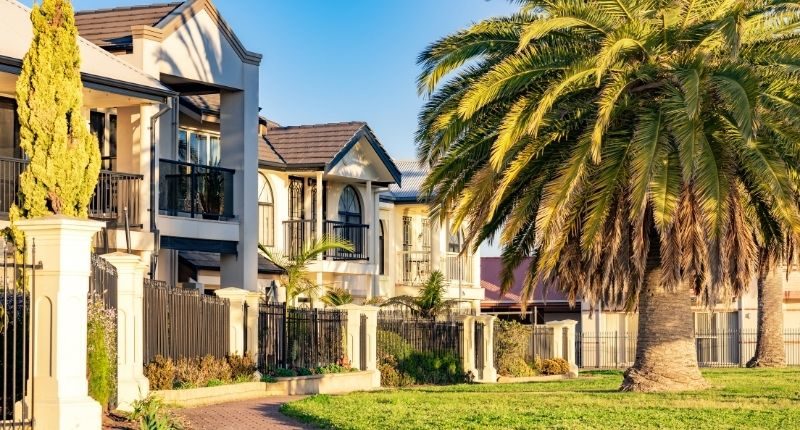- Median price for Australian hosues back in 1996 was $160,000
- This figure has increased to $825,000 as of 2020
- Housing yields have fallen from 5.1% to 2.9%
Over the past 25 years, house prices in Australia have increased by 500%, according to data released by the Real Estate Institute of Australia (REIA).
But while capital values have grown during this time, yields have fallen to all-time lows.
According to the data, the median price for Australian housing was $160,000 in 1996. Since then, this has increased to $825,000 (2020).
In what REIA describes as a ‘tale of two cities’, other dwellings such as apartments and units have appreciated less (400%), however, these properties tend to produce higher yields.
Over this quarter-century period, housing yields fell from 5.1% to 2.9%, while other dwellings fell less dramatically with a decrease from 5.2% to 3.7%.
REIA President, Adrian Kelly, said Australian housing investors were driven more by capital gains rather than rental yields.
“Despite rising vacancies and the low yields, we are starting to see investors re-emerge as they respond to a rising market with further growth expectations and low borrowing costs.”
Adrian Kelly, REIA President
Darwin houses had the highest return with an average of 4.2%. By comparison in 1996, housing investments were yielding 6.4%.
According to REIA, Sydney and Melbourne have always had the lowest yields; 1996 saw yields at around 4%, falling to 1.8% last year.
This finding is backed by data from SQM Research, which shows that the gross property rental yield has steadily declined over the past decade while unit yields have consistently remained above that of houses.
Select part of the chart to zoom in on various years, and ‘reset zoom’ button to return.
Mr Kelly added that investment properties, particularly in inner Sydney and Melbourne, are less attractive to investors due to rising vacancy rates and concerns surrounding rental moratoriums and evictions.
“The pandemic saw Melbourne and Sydney experience rising vacancies with Melbourne now the highest in Australia at 5% while Sydney is currently at 3.7%.”
“Despite rising vacancies and low yields, we are starting to see investors reemerge as they respond to a rising market with further growth expectations and low borrowing costs.”
Adrian Kelly, REIA President








